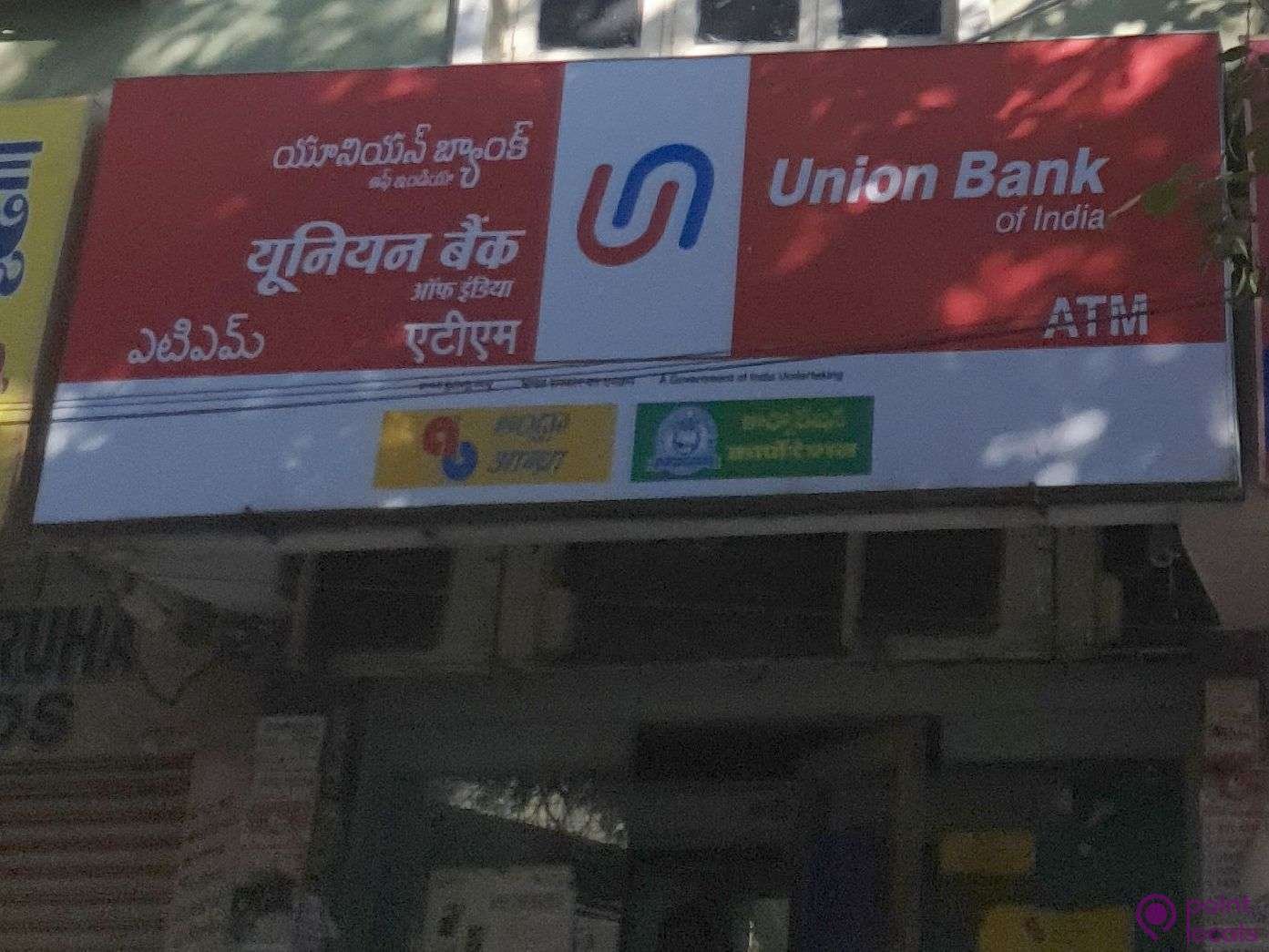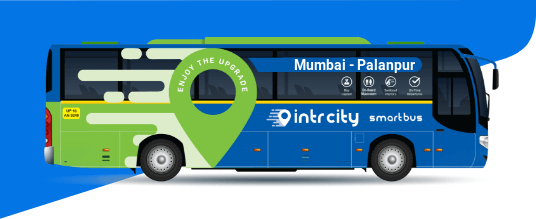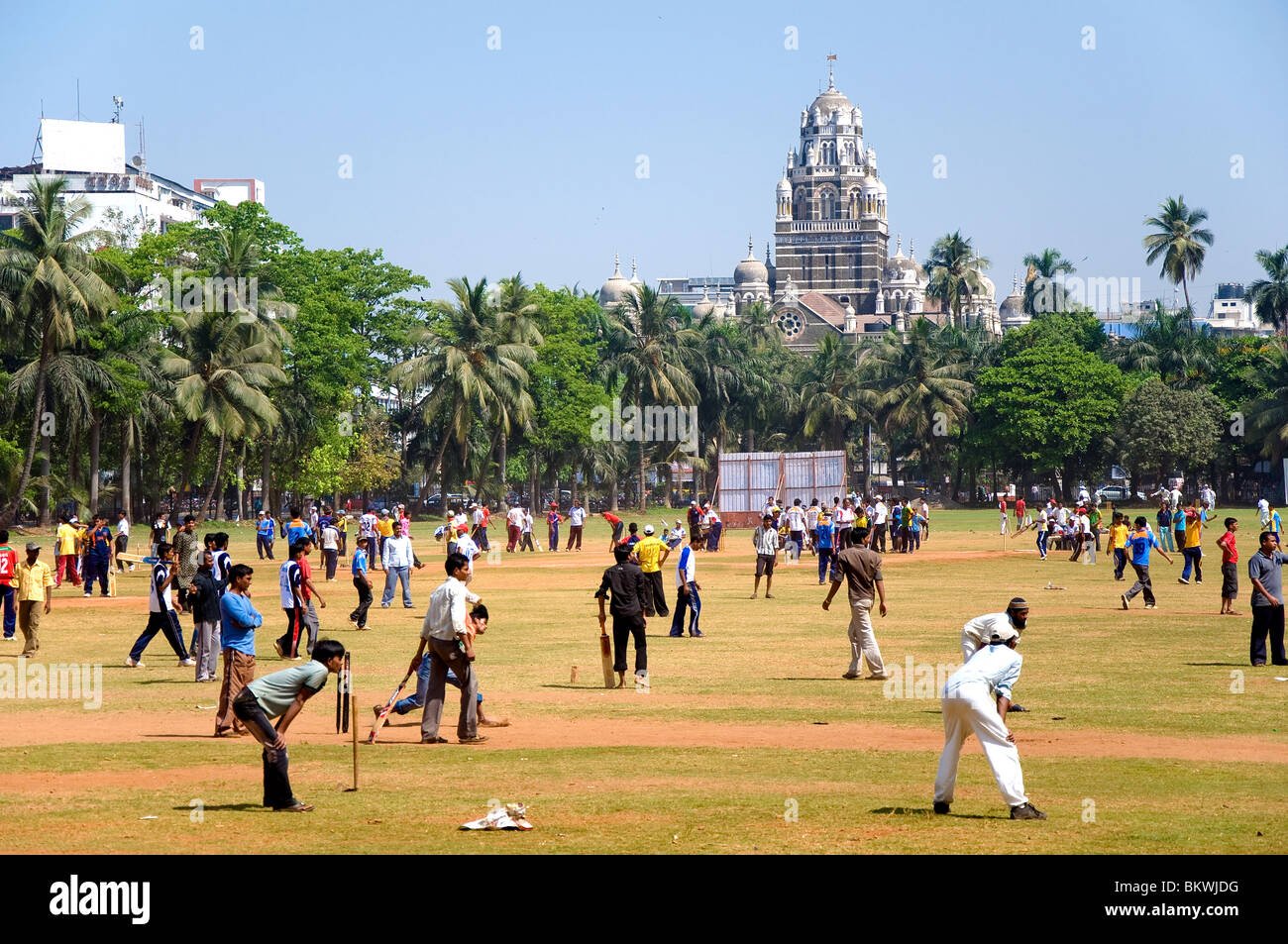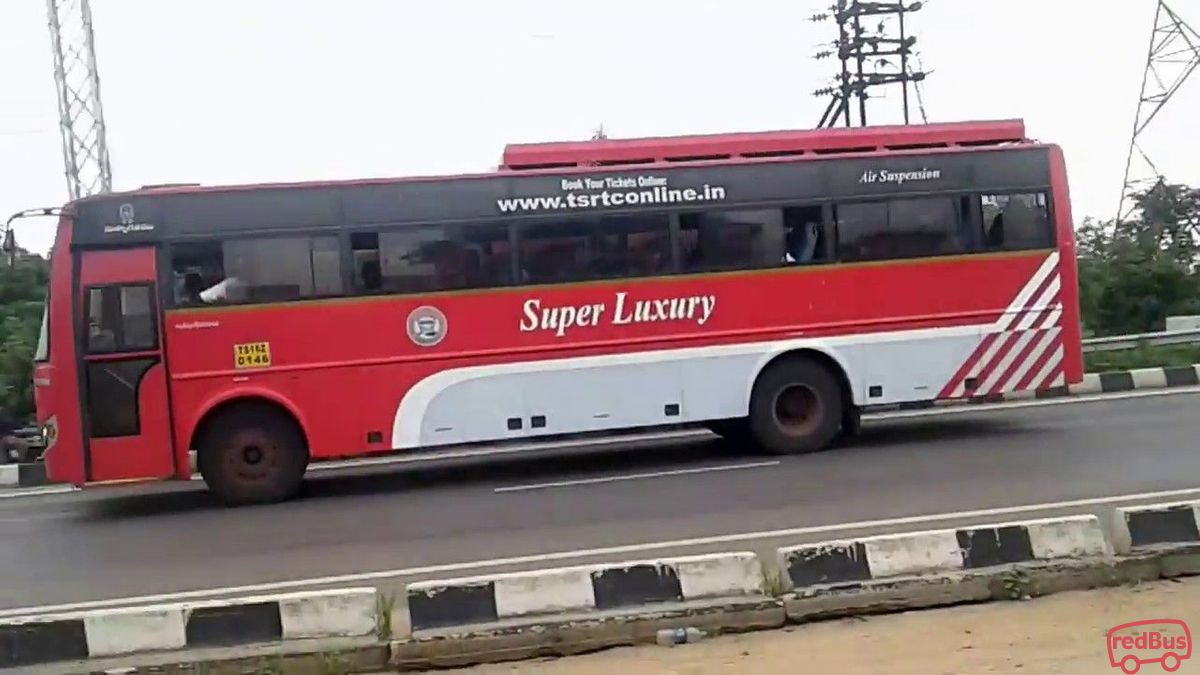- ByAdmin
- Fri Apr 1708473600

General Information About Sanjay Gandhi National Park Mumbai:
- Location: Northern suburbs of Mumbai
- Established In: 1969
- Area: 104 sq km
- Attraction: Rich flora and fauna, picturesque surroundings
- Altitude: 30 to 480 metres above sea level
- Best time to visit: September to March
Fact About Sanjay Gandhi National Park Mumbai:
- Conveniently located on the northern fringes of Mumbai.
- Has a wide range of attractions.
- The ancient Buddhist hand-cut caves are a highlight of the park.
- Great for families with small children.
- Attractions are spread out.
- Difficult to get around the park without transport.
- Attractions inconveniently close for lunch.
- Lack of food stalls.
- Located near Borivali East train station, 40 kilometers (25 miles) north of Mumbai city center. Ph: (022) 2886-0362/0389.
- Attractions include tiger & lion safaris, toy train, boating, trekking, rock climbing, and hand-carved Buddhist caves.
- Park is 104 square kilometers (65 miles) in size. Open daily from 7.30 a.m. to 6 p.m. Entrance fee is 20 rupees (50 cents).
- 30 minute tiger & lion safaris operate from 9 a.m to 1 p.m. and 2.20 p.m. until 5.30 p.m. Closed Mondays. Cost is 30 rupees.
- 15 minute boat rides are offered on the lake from 9 a.m to 12.30 pm and 1.30 p.m. until 5.30 p.m. Cost is 15 rupees.
- Kanheri Caves are 7 kilometers (4.4 miles) inside the park and are open daily from 9.30 a.m. to 5.30 p.m. Cost 100 rupees.
- A shuttle bus runs from the park entrance to the caves every 20 minutes until around 1.30 p.m. Cost is 20 rupees one way.
- Last shuttle bus back from the caves is at 4 p.m.
- The Vanrani toy train takes visitors on a scenic circuit around the park. Cost is 15 rupees for adults, 7 rupees for kids.
- Park also has a Jain temple, Yeoor hiking trail, and nature walks organized by the Bombay Natural History Society.
More Information About Sanjay Gandhi National Park Mumbai:
Presently renowned as Sanjay Gandhi National Park, Borivali National Park is a unique wildlife park situated within the city limits of Mumbai. The Park was known as Krishnagiri Park during pre-independence period and later as Borivali National Park. In 1990 the park is renamed as Sanjay Gandhi National park. It has the reputation of being the most visited National Park and also being the World’s largest park within the city limits. The Sanjay Gandhi National Park may not be as large or exotic as some of the other national parks in India, but its accessibility makes it very appealing. It’s the only protected forest to be located within the limits of a city. To find tranquility amidst teeming Mumbai, this is the place to come! The park is also a great family destination, with plenty to keep the kids amused. However, it’s best to plan your visit well as many attractions close over lunch, and adequate tourist information is scarce. In order to fully appreciate the park, you’ll need to pack a picnic lunch and spend a full day there. The park enriched with varieties of flora and fauna attracts lot of tourists all through the year. The 2400 years old Kanheri caves, carved out of rocky mounts, lie within this park. Lusting sceneries, dense greenish woods and the abundance of wild life makes Borivali National Park unique. The Park is the natural habitat of insects, mammals, reptiles, butterflies and flowering plants. The park houses many plants and animals in the endangered list. The Sanjay Gandhi or Borivali National Park has the distinction of being the only National Park in Mumbai. Notified in 1974, it is set in hill ranges around the suburb of Borivali in Mumbai. It plays host to various wildlife species like the panther, antelope, mouse deer and wild bear. Children particularly enjoy riding the colourful toy train here, as it winds its way through the vast park. In the Lion Safari Park, visitors can view lions as close as six feet away, from the special park vehicles. The park is a paradise for the lovers of avifauna and it is difficult for them not to be attracted by their charm here in the Sanjay Gandhi National Park. Sanjay Gandhi National Park Wildlife Tours Sanjay Gandhi National Park is located in Borivali, east of the Thane district, at distance of 40 km north from Mumbai. The park extends from the latitude 190°21′ in the North to the longitude 720°58′ in the East. Mumbai is the largest metropolis in India and located on the Arabian Sea in the Indian state of Maharashtra. The city is well connected to all parts of the county by air, rail and road networks. Mumbai also has the highest number of international flight connections in India. The climate of the park is pleasant during winter (November-March) and hot during summer. The temperature is on the rise from the month of March until the monsoons break here in mid-June, and goes on till September. October offers relief from the humidity and heat. The forest enclosed in the Park is an ideal dwelling place for many varieties of wild animals. These include Bonnet and Rhesus Macaque, Chital, Indian Hare, Gray Lungur, Sambar deer and may other varieties. Tourist can go around for a safari in a toy train available in the Park. Nature lovers and wild animal lovers really get motivated by the wild life in the Park. This is a best attraction nearby Mumbai to pay a worthy visit.
Sanjay Gandhi National Park, better known as “Borivali National Park” is set in hill ranges around the suburb of Borivali in Mumbai. Notified in 1974, it offers a pleasant change from the usual sights and attractions of the big city. It is hence common to see the park teeming with school picnics, college picnics and other organized excursions. The undulating green lands of the Borivili National Park are just the kind of surroundings to which one would love to retreat for some moments of quiet introspection or meditation. The great panoramic views of hills, valleys, lakes and open expanses can actually have a therapeutic effect on mind, body and soul. Flora in Sanjay Gandhi Wildlife Sanctuary: The forest cover in the park can be divided into two main categories i.e. South Indian moist deciduous and Semi Evergreen. These two types can be further classified into four subcategories and they are moist teak-bearing forest, mangrove scrub, southern moist mixed deciduous forest, and western subtropical hill forest. The region has good biodiversity and major trees and plants include kadamba, teak, karanj, shisam, and species of acacia, ziziphus, euphorbia, flame of the forest, red silk cotton and many more varieties of flowers. During the monsoon, almost the entire park is awash with the rainbow hues of the flowers that bloom here and all over the Western Ghats. One can have encounters with several species including Spotted Deer, Black Naped Hare, Barking Deer, Porcupine, Palm Civet, Mouse Deer, Rhesus Macaque, Bounet Macaque, Hanuman Langur, Indian Flying Fox, and Sambhar. The reptilian world has 38 species to show off. Tourists can see crocodiles in the Tulsi Lake, and Pythons, Cobras, Monitor Lizards, Russell’s Viper, Bamboo Pit Viper and Ceylonese Cat Snake here.Located in the hill ranges around Borivili, the sprawling Sanjay Gandhi National Park is a perfect getaway for nature lovers and wildlife enthusiasts from the rush and tumble of urban Mumbai. The best time to visit is between the months of September to March when the heat is no longer fierce and humidity is at its minimum. You will find an interesting mix of vegetation here with moist teak-bearing forest, mangrove scrub, southern moist mixed deciduous forest, and western subtropical hill forests. The park was notified in 1974. The park offers a pleasant change from the usual sights, attractions, rush and glamour of the big city. The undulating green lands of the Sanjay Gandhi National Park are just the kind of surroundings to which one would love to retreat for some moments of quiet introspection or meditation. The great panoramic views of hills, valleys, lakes and open expanses can actually have a soothing effect on mind, body and soul. The Sanjay Gandhi National park is known for its dense forests, vast bird life, butterflies, and the small population of tigers. The park also encompasses the famous Kanheri Cave complex (between 1st century BC and 9th century AD), two lakes Tulsi and Vihar Lake that provide water to Mumbai city. The two lakes, Vihar Lake and Tulsi Lake found here meet part of the city’s water requirements. The park has a rich and varied flora and is home to a wide variety of exotic birds and animals. The park is a birdwatchers paradise. There are over 251 species of birds inhabiting the national park, comprising of both water birds and land birds. One can find migratory birds in peak season as well as a variety of other birds such as woodpeckers, magpies, jungle owlets, hornbills, racket-tailed drongos, minivets, robins, peacock, golden orioles, & sunbirds. If you are lucky, you might catch a Paradise Flycatcher or a kingfisher. The Sanjay Gandhi National Park, also known as Borivali National Park, is a unique National Park in that, it lies within the borders of a city. The park lies on the northern fringes of suburban Mumbai, India. It covers an area of 104 sq km. It is one of Asia’s most visited National Parks with 2 million annual visitors. The park also holds claim to be the largest park in the world located within city limits.rocks and grasses. Keep your binoculars on stand by to spot lions and leopards that are the pride of the park. Other major animals found here include Palm civet, Black Naped hare, Hanuman langur, spotted deer, barking deer, mouse deer, hyena, sambhar, Rhesus macaque, Bounet macaque, Indian flying fox and porcupine. The reptilian population comprise of pythons, cobras, monitor lizards, Russell’s viper, Bamboo Pit viper and Ceylonese cat snake. The Sanjay Gandhi National Park, also known as Borivali National Park, is a unique National Park in that, it lies within the borders of a city. The park lies on the northern fringes of suburban Mumbai, India. It covers an area of 104 sq km. It is one of Asia’s most visited National Parks with 2 million annual visitors. The park also holds claim to be the largest park in the world located within city limits.rocks and grasses. There are several interesting attractions at the park. You might spot a few crocodiles gliding in the waters of the lakes. Children will love the colorful toy train, which winds its way through parts of the forest and showcases the rich biodiversity of the Park. The sanctuary is especially famed for its lion safari where you can see the magnificent beast up front and in all its glory. Rock climbing enthusiasts will have a field day here with the many rock faces including the Kanheri caves that provide great opportunity for rock climbing. The Kanheri Caves located inside the park dates back 2,400 years. The protected archaeological site has caves that were sculpted out of the rocky cliffs by its Buddhist residents. Originally planned as a wildlife retreat outside Mumbai, the Sanjay Gandhi National Park is now virtually engulfed by the growing city. Most of it is wild and unsafe, but breathtakingly beautiful, filled with dense forests and dotted with sylvan lakes. There are wild animals here, of course, but the only way you can see them is to take the Lion Safari at the entrance. Don’t expect displays of predatory power though: most of the animals here are so used to tourists that they merely yawn at the passing buses. Trekkers will love to go on nature walks and treks along the many nature trails of the park. Boating facility is available at the recreation zone. With 2 million (approx) visitors every year, the Sanjay Gandhi National Park is perhaps the most visited national park in the Asia.
Places Arround Sanjay Gandhi National Park Mumbai:
The Sanjay Gandhi National Park is a part of Greater Mumbai and Mumbai is one of the largest metropolises in the world and definitely the largest in India. The main highlights of the city are the Gateway of India, Prince of Wales Museum, Elephanta Island, Flora Fountain, Haji Ali’s Tomb, Kamla Nehru Park, Chhatrapati Shivaji Terminus, Nehru Planetarium, Nehru Science Centre, and Marine Drive.
How to Reach Sanjay Gandhi National Park Mumbai:
One can easily reach Sanjay Gandhi Park by boarding buses or trains, or by hiring autos or taxis from the city.









